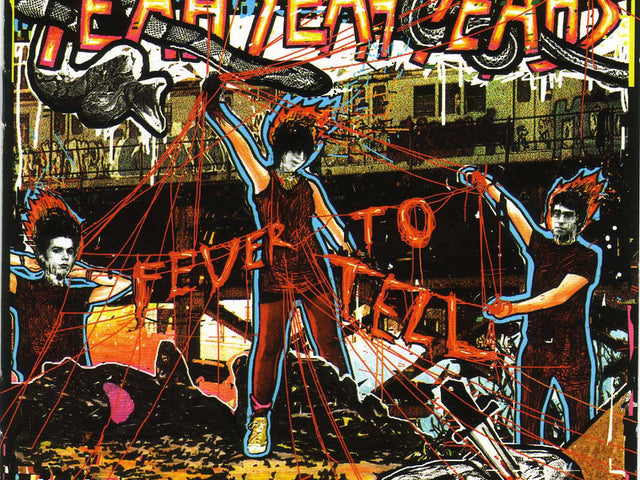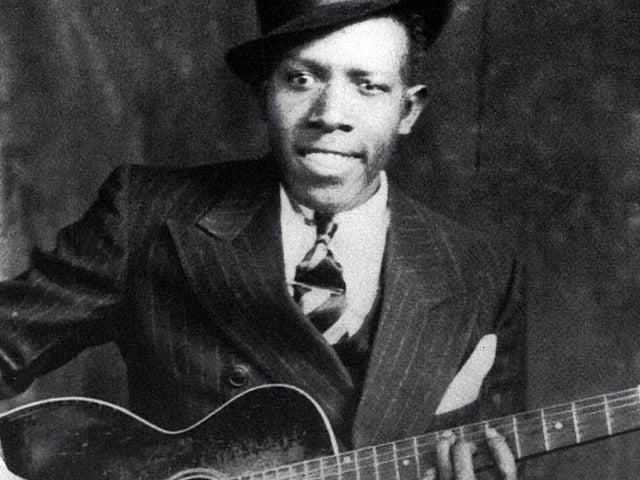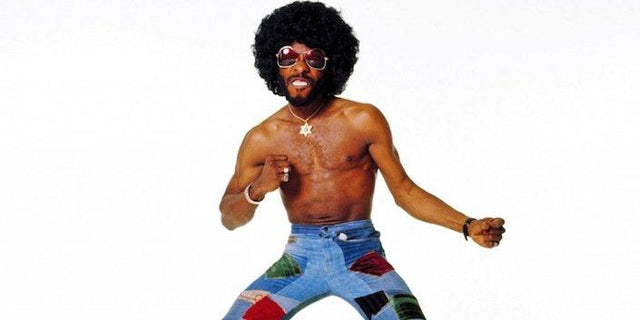10 Album Disco Terbaik yang Harus Dimiliki dalam Format Vinyl
Sejak pertengahan tahun 90-an, telah ada gelombang demi gelombang dari "revival disco", baik dalam musik maupun budaya pop secara umum. Namun, genre ini bisa sulit untuk dinavigasi tanpa konteks ideal: pada sistem yang baik dalam set DJ yang baik. Pecinta musik yang menyelami cukup dalam ke dalam soul atau musik dansa yang lebih baru pada akhirnya akan kesulitan untuk mengabaikan disco. Sementara tren "(re-)edit" di tahun 2000-an melihat setiap produser/DJ dan anjingnya membawa karya klasik dan obscura tahun 70-an lebih sesuai dengan suara dansa kontemporer, ada staples yang versi aslinya memang layak untuk dicari.
Era disco juga melahirkan single 12”, yang membentangkan satu lagu di seluruh sisi, menghasilkan produk yang jauh lebih keras dibandingkan LP. Dengan demikian, format yang ditujukan untuk DJ ini cepat mengambil alih genre tersebut. Oleh karena itu, LP disco bervariasi dari yang memiliki satu hit dan sebagian besar filler hingga album yang terpisah antara balada sentimental dan irama tarian, hingga pernyataan panjang yang kuat dan terkadang terabaikan. Menjelajahi rekaman campuran ini seringkali bisa lebih memuaskan, dan lebih mudah ditemukan, daripada promo asli 12” seharga 250 dolar yang diburu oleh para penggemar disco. Berikut adalah sepuluh album disco mendasar untuk memberikan koleksi Anda dasar yang solid.

Donna Summer: Love To Love You Baby
It’s true the “Queen of Disco” represents only one aspect of what the genre offers, but releases like this 1975 album are undeniable. Side 1 is the 16-plus-minute title track, Summer and producer Giorgio Moroder's infamous, orgasm-happy and ever-building groove, which set the hedonistic tone for the second half of the 1970s. It’s slinkier and slower than the breakneck robot grooves the duo became known for later on, but its maximalist scope, not to mention the instrumental breakdowns, and its privileging of overt sexuality and repetition, were impressively forward-looking.

Gloria Gaynor: Never Can Say Goodbye
There’s more to Gloria Gaynor than “I Will Survive” (as fun and historically significant as it is). Having been cutting soul sides since 1965, Gaynor found her winning disco formula on this album a decade later. Side 1 is a non-stop blend of "Honey Bee," "Never Can Say Goodbye" and "Reach Out," mixed together by Tom Moulton. If the Motown melodies were familiar, the tempos, groove and production must have seemed revolutionary in 1975. Though traditional song structures are intact, the seamlessness of the medleys come as close as possible to reproducing the trance-inducing qualities of mixed club music.

First Choice: Delusions
Veteran soul singers out of Philadelphia, First Choice had the chops to craft whole albums of strong material even as they began to rack up more and more disco smashes. "Doctor Love" was a hit in clubs, but "Let No Man Put Asunder" was and still is a bona fide anthem, doing more to anticipate house music than maybe any other track. Rochelle Fleming’s defiant lead vocal has been thoroughly dissected and repurposed by countless producers from the '80s onwards. The song’s bassline also made an appearance in one of house music’s first crossover hits, Steve “Silk” Hurley’s “Jack Your Body.” First Choice is in the ether of dance music and if you’ve ever gone out to dance, you’ve likely come into contact with them.

Change: The Glow of Love
Change, a collective of Italian and American musicians, showcased the vocals of Luther Vandross before he went solo and became a superstar. The group’s nimble playing and soulful spirit earned them club hits in "A Lover's Holiday" as well as the joyous title track (which some may know better as Janet Jackson’s “All For You”). It’s uplifting disco in a more subtle and personal vein than, say, McFadden and Whitehead’s anthem “Ain’t No Stoppin’ Us Now.”

Sylvester: Step II
Sylvester’s 1978 release brought together harder, electronic, more “Euro” strains of disco with his queer, San Francisco sensibility and unbeatable falsetto. This is Sylvester’s true breakout moment, in between his blues, rock, soul and communist drag troupe days, but before his pivot to Hi-NRG proper a couple years later. "You Make Me Feel (Mighty Real)" and "Dance (Disco Heat)" are the monster tracks, but the album’s second side shows off the singer’s range, with everything from ballads to the low-slung funk of “Was it Something That I Said,” a rare taste of Sylvester’s lower register which is reminiscent of Jocelyn Brown’s classic “Somebody Else’s Guy.”

V/A: Philadelphia Classics
Released in 1977, the Philadelphia Classics LP compiles Tom Moulton's classic mixes of Philadelphia International Records (O'Jays, Harold Melvin & The Bluenotes, Three Degrees, etc.) dance floor smashes, including MFSB's "Love Is The Message," the 1973 track that’s pretty much disco ground zero. Ever since Early Young, drummer in the PIR label’s house backing band, developed his signature four-on-the-floor style (hitting the kick drum on every beat, with high hats teasing out the off-beats), Philly played an integral role in disco’s rise. Many of these classics from the City of Brotherly Love, which originated as “message” songs, still form the template for soulful, substantial dance music.

Loleatta Holloway: Queen of the Night
On Queen of the Night, you get the quintessential disco diva voice, at the top of her game. Holloway’s vocal takes were always unbridled, intense and heavily indebted to gospel. The album features the classics "I May Not Be There When You Want Me" and "Catch Me On The Rebound." The latter contains easily the best sports-as-infidelity extended mixed metaphor you’ll ever hear. The album’s writing and production credits are all-star calibre, with heavyweights of the genre like Bunny Sigler, Norman Harris and Tom Moulton all contributing (and Early Young on drums once again).

Chic: C'est Chic
Nile Rodgers and Bernard Edwards’ second album as Chic, from 1978, brought a new level of sophistication to party jams. Of its three big singles, "I Want Your Love" is the most lush and enduring. But even on wedding DJ standbys like “Le Freak,” there are enough ingenious touches – switching between complimentary parts to doubling up the guitar and bass riffs, the huge build produced by rising strings – to keep you coming back.

Sister Sledge: We Are Family
Packed with hits, this is Sister Sledge’s most well-known and strongest release. It’s as polished, hook-laden and impeccably structured as anything else the Chic Organization ever produced. The album kicks off with the irresistible, Will Smith-approved “He’s The Greatest Dancer.” This is followed up with "Lost In Music," one of the most lyrically perfect odes to the nightlife ethos ever (“feel so alive / I quit my 9-to-5”). The record’s centerpiece of course is the title track, the ever-empowering, piano-led celebration of sisterhood, love and unity. The deep cut gem here is “Thinking of You,” an airy midtempo track.

Cerrone: Supernature
Parisian drummer/writer/producer Marc Cerrone's third album introduced sci-fi and layers of heavy synths to clubs across continents and created one of the most cohesive albums in a genre dominated by singles. Evocative, spacy instrumentals mix with more straight-ahead disco tracks like “Give Me Love.” The title track, a number one Billboard dance hit, has been updated, covered and remixed to death, but the original 9-minute version here still sounds amazing. Fans of Daft Punk’s Discovery album will find a similar vision spread across this album’s grooves.
Luke Bradley is a Canadian writer whose work has appeared in Racked, Esquire, Vice, Baltimore City Paper, DJ Mag, Consequence of Sound, The Classical Magazine, and others.
Related Articles
Kulübe Katılın!
Şimdi Katıl, Başlangıç Fiyatı: $44
Diskon eksklusif 15% untuk guru, mahasiswa, anggota militer, profesional kesehatan & petugas tanggap darurat - Dapatkan Verifikasi Sekarang!











